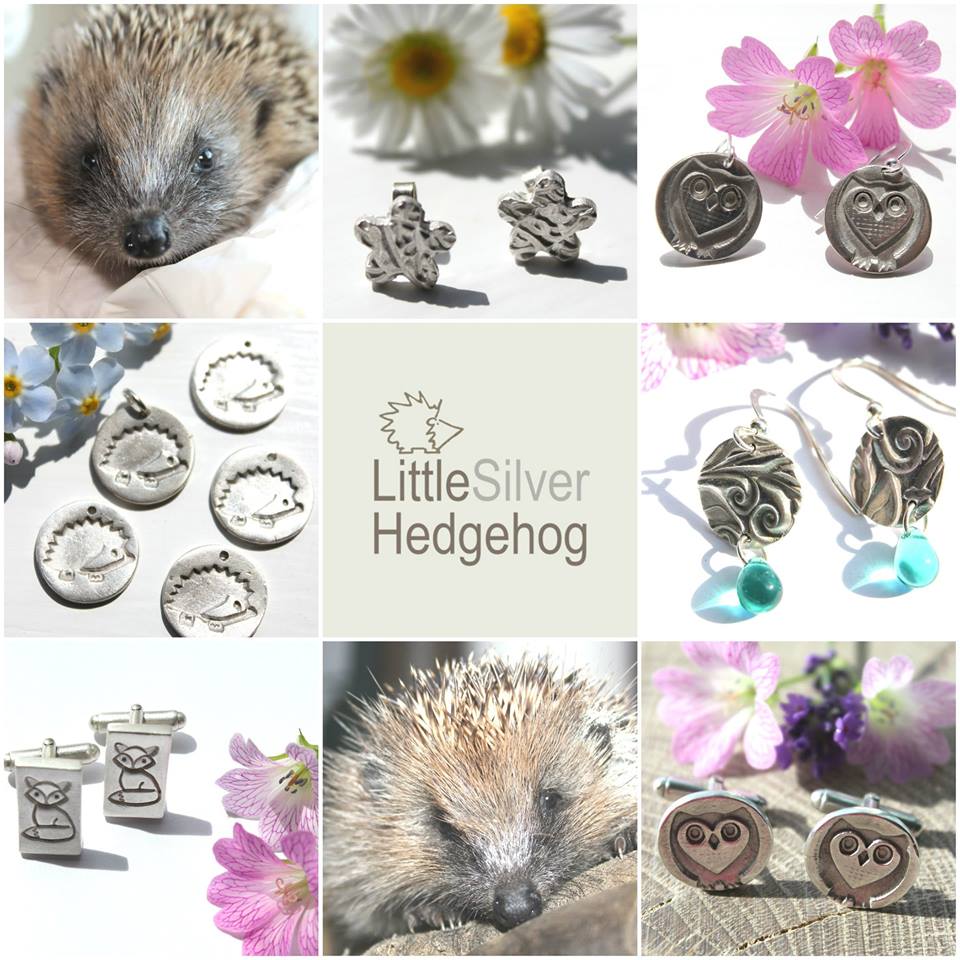How to release rehabilitated hedgehogs and over-wintered hedgehogs back to the wild.
I release hedgehogs that have been treated in the hedgehog hospital back to the wild year round except for in the middle of Winter. To give the hedgehogs the best chance, here are some of the factors I bear in mind when releasing.

It has to be 5 degrees or above at night for at least 5 days in a row after release for them to be able to go free. I don’t release in the middle of Winter.
I also avoid releasing when there is lots of rain forecast, especially torrential storms – all the available nest sites may be too damp. In Spring, I take my cue from when the wild hedgehogs are up and about and being seen regularly in my garden. Historically in York this has been April/May but in recent years, due to climate change, it can be as early as March. It is important to remember though that local conditions will vary, especially between the city and countryside so it is wise to check with your local hedgehog rescue and keep an eye on your local weather forecast.
Wherever possible, wild hedgehogs are returned to where they came from. They will remember the area and the food sources and nest sites. They can be seriously disadvantaged by being relocated, especially if they were rescued as an adult. Sometimes this isn’t possible though if the area has dangers – for example, if a hedgehog has been attacked by a dog in the garden or if it was found in a pond where the finders will not provide an escape route. I have strict criteria for new sites.
To give them the best start back in the wild, the released hedgehogs are all supported for at least the first few weeks. They are provided with food and water daily and they are given nest boxes filled with hay to give them shelter whilst they seek their own homes. This is particularly important if the hedgehog is going to a new area, because it will not be familiar with the best nesting sites.

It is a bittersweet time because they have been looked after for many months (the shortest stay in rescue is around a month) and I will miss them deeply but it is what hedgehog rescue is all about – getting them back to the wild to play their part in maintaining the wild population. Keeping them too long can cause them to get stressed, particularly males, so as soon as they are fit and well and the temperatures are okay, they are off!

Prior to release, all the rehabilitated hedgehogs are given a final health check. I make sure that they are over 650g with a nice rounded bottom. I will have checked a poo sample in the days and weeks leading up to their release to make sure they are parasite free (internal parasites can build up due to the stress of captivity) and they will have been gaining weight consistently (however, note that they should not be too fat either). Hedgehogs can’t dig in captivity like they would in the wild so some hedgehogs may also need a nail trim if their nails have curled (please seek advice on this as it can be quite difficult to do the first time).
You can read some other recent guidance on releasing over-wintered and rehabilitated hedgehogs back to the wild here.
People often ask me if rehabilitation is successful. Well, I mark them all with a tiny bit of nail varnish which should last at least 12 months. I only use the tiniest bit – sadly many people go overboard with marking hedgehogs – which can leave them vulnerable to predators. I only use green or blue nail varnish. I’ve known of people using red nail varnish but, because it looks like blood, the hedgehogs have ended up being ‘rescued’.

Over the 8 years I have been rescuing, I know that a couple of rehabilitated hedgehogs have had to come back into the rescue because their faded marks are still visible. Beyond the 12-18 months point though is unknown….
Good luck out there hedgehogs!
I run a hedgehog hospital in York. You can read more about how I became a hedgehog rehabilitator here. My work is entirely self-funded and you can also find out how to support my work and about my handmade silver nature jewellery, inspired by nature and wildlife at www.littlesilverhedgehog.etsy.com


I look after 3+ Hhogs in my garden,,I have provided 3 Hhog houses in the bushes and behind the shed, they are eating a full tin of hog meat a night along with Nibbles, calciworms, probiotic pellets and egg they are eating very well in their own diner.. their weight has gone from 400gram to now 952g 713g 956g amazing little animals
Help please ! I rescued a baby hedgehog being hassled by young kids 2 days ago . It weighs 400 grams and eating well , bodily functions are good !
Will it be ok to release now? I aim to release not far from where I found it and have bought hay to make a nest in a safe place . I know it is running around my shed at night so appears active it is just the lack of weight that’s bothering me . Thanks in anticipation!
Thank you!
I look to you for advice and inspiration.
We have overwintered 2 babies and are waiting for the frost to disappear so we can release them back into our meadow.
You’re very welcome 🙂
Thank you – that means a lot!
Thank you so much!
Excellent work!
Thank you so much for following and reading – means a lot! 🙂 x
The work you do is amazing. Every little life you save is precious. Well Done 🙂